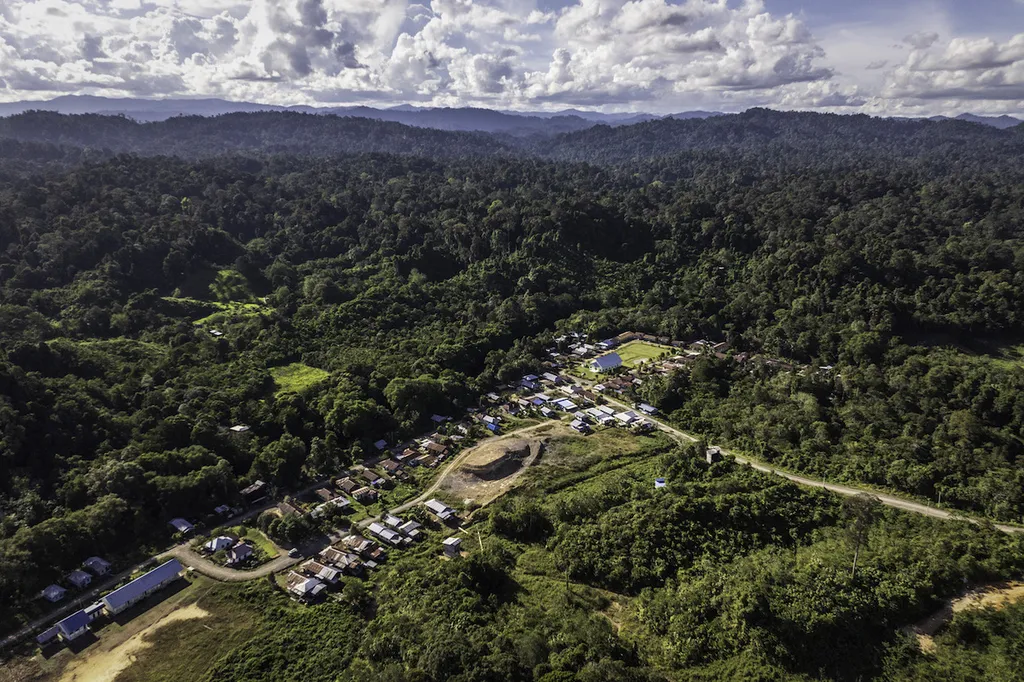In the heart of Bulungan Regency, North Kalimantan, a critical study is shedding light on the delicate balance between land health and biomass production, offering valuable insights for the energy sector. Surya Darma, a soil scientist from the Faculty of Agriculture at Mulawarman University, has been diligently mapping and analyzing soil conditions in the East Tanjung Palas district, providing a roadmap for sustainable biomass production.
The study, published in ‘Ziraa’ah: Majalah Ilmiah Pertanian’ (translated as ‘Ziraa’ah: Journal of Agricultural Science’), identifies four classes of land degradation: very low, low, medium, and high. The focus of the research was on areas with high damage potential, particularly in the village of Tanah Kuning. Here, Darma and his team found that while the effective soil depth and slope were within acceptable ranges, two critical parameters were causing concern: soil acidity (pH) and sand composition.
“All six soil samples taken from the area showed signs of excessive acidity,” Darma explains. “This is a significant issue as it can severely limit plant growth and biomass production.” The study found that the soil’s pH levels were so low that they exceeded critical thresholds, a problem that could be mitigated with the application of agricultural lime and organic compost.
The composition of sand fractions was another critical issue, although it was only found in one sample. Darma notes that remedying this issue is more challenging due to its permanent nature. “The sand composition is a part of the soil’s intrinsic properties, making it difficult to alter,” he says.
The implications of this research for the energy sector are substantial. Biomass production is a key component of renewable energy, and understanding the health of the land is crucial for sustainable and efficient energy production. By identifying areas of land degradation and understanding the specific parameters that are causing damage, energy companies can make informed decisions about where to invest and how to manage their land.
Moreover, the study’s findings could shape future developments in soil management and land use planning. As Darma points out, “By understanding the specific parameters that are causing land degradation, we can develop targeted strategies to improve soil health and increase biomass production.”
This research is a significant step forward in the quest for sustainable energy. By providing a detailed analysis of land health and offering practical solutions for land management, Darma’s work is helping to pave the way for a greener, more sustainable future. As the world continues to grapple with the challenges of climate change and energy security, studies like this one will be increasingly important in guiding policy and investment decisions.

